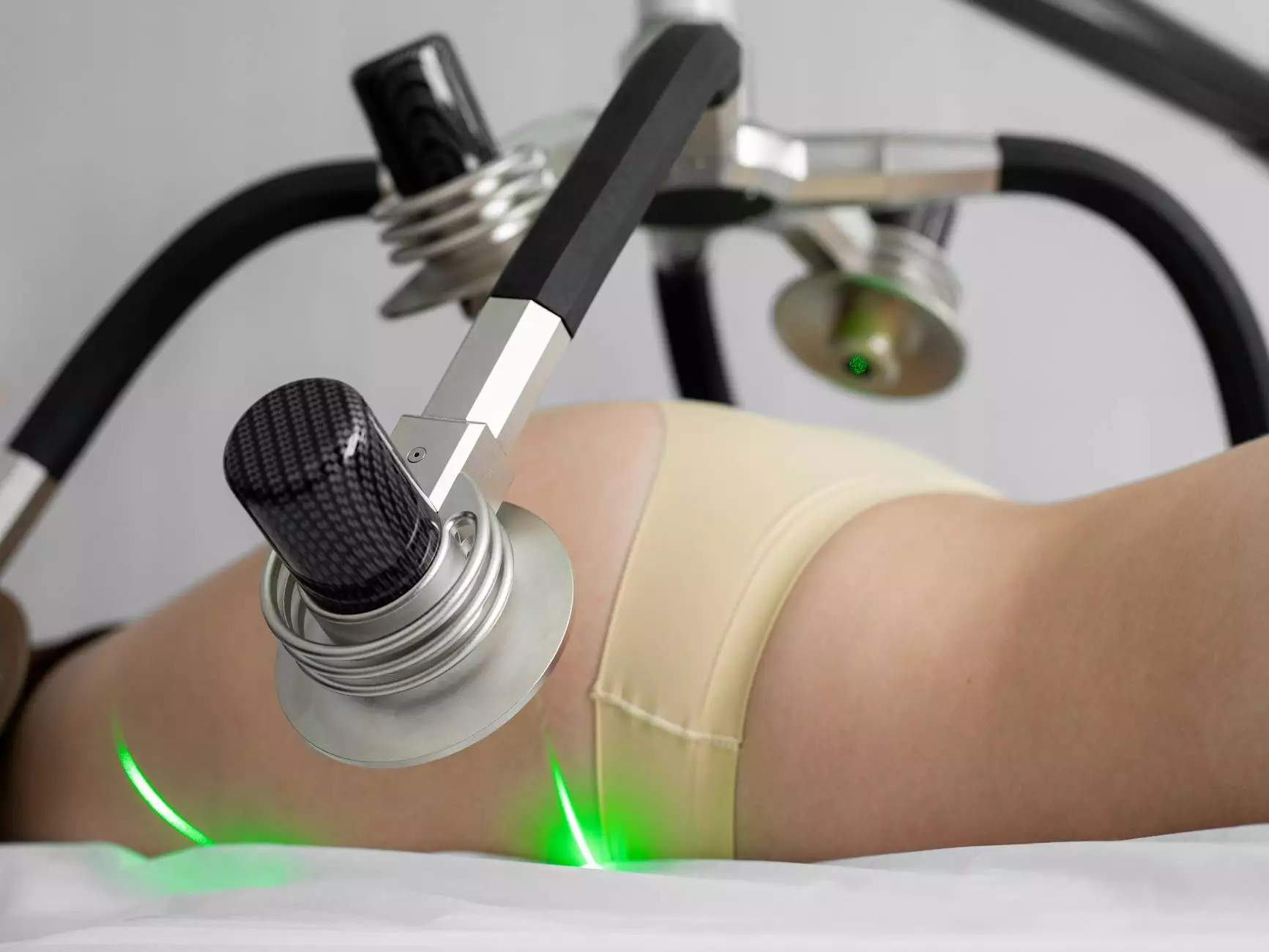The Importance of Understanding the Capsular Pattern for Shoulder Health

The shoulder joint is one of the most complex and mobile joints in the human body. Its intricate structure allows for a wide range of motion, but this comes with its challenges, particularly in terms of injury and dysfunction. One crucial concept that arises in the assessment and treatment of shoulder ailments is the capsular pattern for shoulder. This article delves into what the capsular pattern is, how it affects shoulder health, and why understanding this pattern is vital for effective treatment.
What is a Capsular Pattern?
A capsular pattern is defined as the specific pattern of movement restriction seen in joints when there is a loss of range of motion due to capsular tightness or joint pathology. For the shoulder, this usually occurs when there's inflammation or injury to the joint capsule, leading to a characteristic restriction in motion.
The capsular pattern for shoulder typically presents with limitations in external rotation, followed by abduction, and internal rotation. Understanding this pattern is essential for healthcare providers, particularly chiropractors and physical therapists, as it helps guide diagnosis and treatment plans.
Identifying the Capsular Pattern for Shoulder
Identifying the capsular pattern for shoulder is crucial in differentiating between various shoulder pathologies. The classic presentation includes:
- External Rotation: Loss of motion is most pronounced in this direction.
- Abduction: The second most commonly affected movement.
- Internal Rotation: This direction often has the least amount of restriction.
Let’s look at each of these components in detail:
External Rotation
External rotation is the primary movement impacted in the capsular pattern for shoulder issues. Patients often report difficulty in activities like reaching behind their back or lifting objects overhead. This limitation can severely impact daily life and overall functionality.
Abduction
Following external rotation, abduction is the next area where motion is restricted. This movement is essential for many overhead activities, such as sports and reaching for high objects. Patients may experience pain or discomfort during this movement.
Internal Rotation
While internal rotation tends to be the least restricted movement, it can still be significantly affected depending on the severity of the joint pathology. In some cases, individuals might find certain positions, such as tucking in a shirt, to be challenging.
Causes of Capsular Patterns in Shoulders
Several conditions can lead to the development of a capsular pattern in the shoulder, including:
- Adhesive Capsulitis (Frozen Shoulder): A common condition characterized by inflammation and tightening of the shoulder capsule.
- Rotator Cuff Tear: Partial or full thickness tears can modify movement patterns and lead to capsular tightness.
- Shoulder Dislocation: A dislocation can cause significant capsular damage and result in long-term stiffness.
- Arthritis: Degenerative changes in the shoulder joint can contribute to capsular patterns as well.
Diagnosing Capsular Patterns in the Shoulder
Correctly diagnosing a capsular pattern is vital for effective treatment. Healthcare professionals usually follow a systematic approach that includes:
- Patient History: Gathering information about the onset of symptoms, activities that exacerbate pain, and previous shoulder injuries.
- Physical Examination: Assessing range of motion and strength through specific tests to determine movement restrictions.
- Imaging Studies: X-rays or MRIs may be utilized to visualize structural changes in the shoulder joint.
Treatment Options for Capsular Patterns
Once a capsular pattern has been diagnosed, various treatment modalities can be employed to restore mobility and address the underlying issues. Here are some beneficial approaches:
Chiropractic Care
Chiropractors focus on improving joint alignment and mobility through specific adjustments. They may use a combination of manual therapies to free up the shoulder joint, improving both motion and function.
Physical Therapy
Physical therapy is crucial in the rehabilitation of individuals with a capsular pattern. A physical therapist may create a customized exercise program that focuses on:
- Stretching: To enhance flexibility and reduce tightness in the shoulder capsule.
- Strengthening: To build muscle around the shoulder, providing better support and stability.
- Manual Therapy: Techniques such as mobilization can help restore optimal joint motion.
Home Exercises
Patients can also benefit from home exercises, including:
- Pendulum Swings: Allowing gravity to assist in movement can help ease tightness.
- Cord Stretching: Using resistance bands to gently stretch the shoulder.
Preventing Capsular Patterns in Shoulders
Prevention is often the best medicine. Here are some strategies to minimize the risk of developing a capsular pattern:
- Regular Exercise: Engaging in regular physical activity that includes shoulder flexibility and strengthening exercises.
- Proper Warm-Up: Always warm up before engaging in sports or physical activities to prepare the shoulder joint for movement.
- Ergonomic Practices: Maintain good posture during daily activities to reduce strain on the shoulders.
Conclusion: The Path to Recovery
Understanding the capsular pattern for shoulder is essential for both healthcare providers and patients. By recognizing the signs, causes, and effective treatments for this condition, individuals can take informed steps toward recovery. Whether through chiropractic care, physical therapy, or self-management strategies, addressing a capsular pattern can lead to significant improvements in shoulder health and overall quality of life.
For further assistance, reaching out to professionals specializing in Health & Medical, Chiropractors, and Physical Therapy can provide tailored solutions. Explore more about the significance of the capsular pattern in shoulder health and how it plays a crucial role in rehabilitation.
A well-functioning shoulder is essential in daily activities, and understanding its complexities can empower individuals towards proactive recovery and long-term health.



